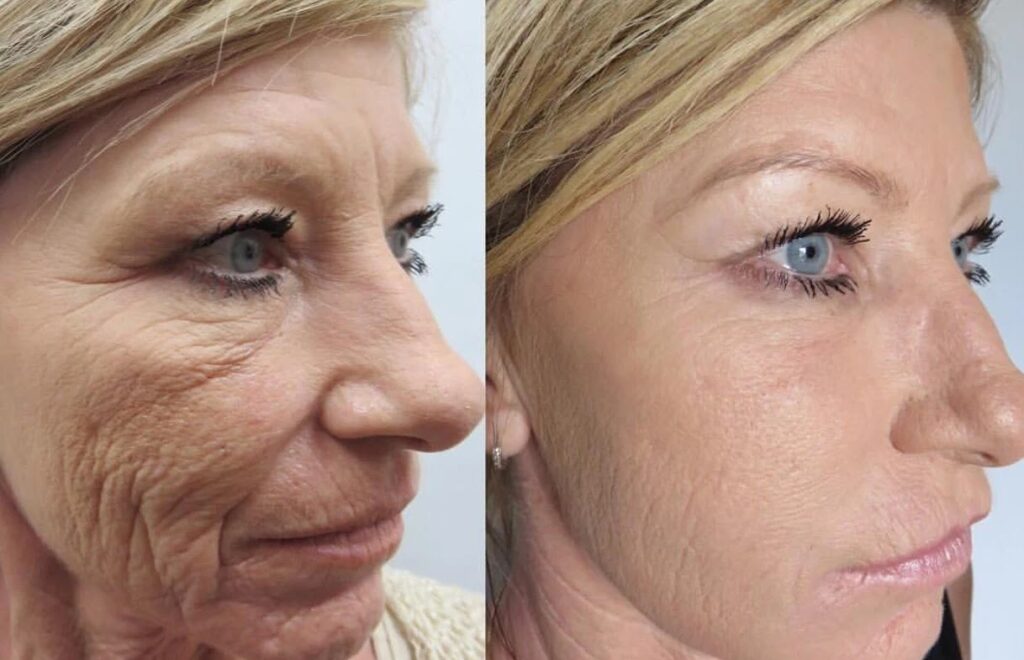2605 Danville Rd SW
Decatur, AL 35603 Get Directions
Call Today
(256) 350-9880
Hours:
Mon-Weds-Thurs 9am-5pm Closed for lunch 12-1pm
Decatur, AL 35603 Get Directions
(256) 350-9880
Mon-Weds-Thurs 9am-5pm Closed for lunch 12-1pm
Call Us (256) 350-9880
Microneedling with PRP is an aesthetic treatment that stimulates collagen production by rolling very fine needles over the skin and applying platelets from the patient, which are one of the components of blood.
The addition of PRP from the blood may make microneedling more effective. The liquid in blood is plasma, while platelets are solid. Platelets help blood clot, so they are vital for healing wounds and injuries. PRP is plasma in which the concentration of platelets is higher than that of other components of the blood.
FIrst we will take a blood sample and then use a centrifuge to separate the PRP from the remainder of the blood.
PRP contains proteins, including growth factors and cytokines. These proteins can help skin tissue repair itself.
Next, our experienced technician will use a microneedling tool to make tiny holes in the skin’s surface. We will then apply the prepared PRP to the recently “damaged” skin to encourage collagen production and cell reproduction.
Recovery from microneedling is usually quick. Patients sometimes experience soreness and tenderness immediately after the treatment. The area may also have redness, and there may be some mild bruising, which usually clears within 4–5 days.
Other side effects can happen while the skin heals, including:
Taking acetaminophen can help relieve any discomfort or painful side effects.
Microneedling with PRP may not be suitable during pregnancy or for people with certain conditions or other risk factors, including those who have:
If people fall into any of these categories, they should consult with their doctor about the safety of microneedling with PRP treatment.
The addition of PRP to microneedling may speed up the healing process and stimulate skin renewal, potentially producing better results than microneedling alone. This popular procedure can be used to treat:

Before and After
(CHS MedSpa Patient)